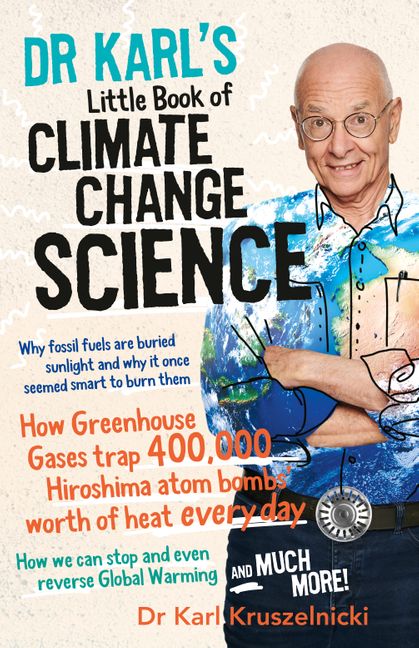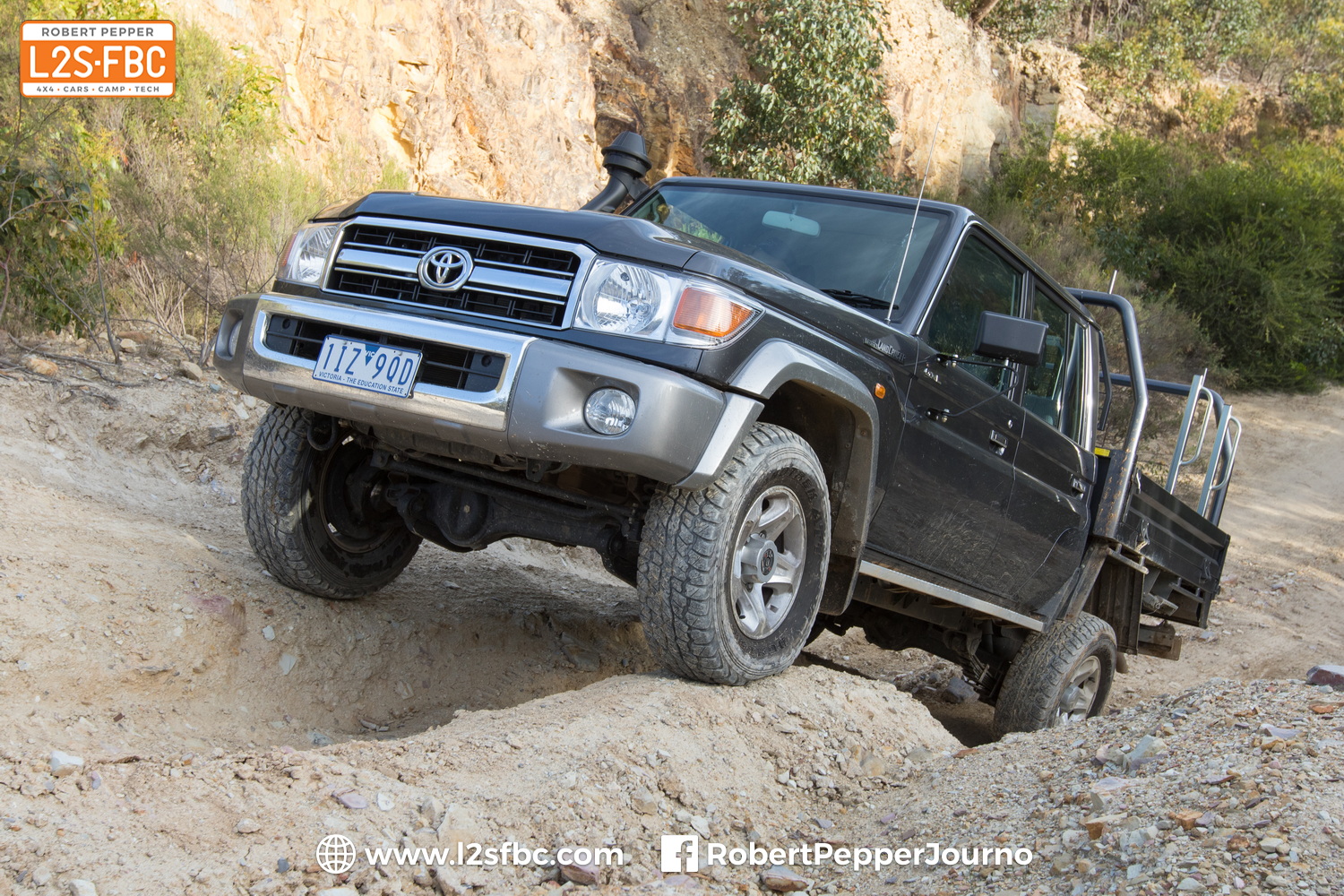
Dr Karl on Electric Cars (and more!)
Electric vehicles are becoming a divisie topic; there’s the rather enthusiatic pro-EV brigade, and the very skeptical anti-EV people. And most people aren’t in either camp but just want the facts. I wrote this article on EV Realities, but also I asked Dr Karl along for a webinar where we could get the true, middle ground…and he didn’t disappoint! The recording of the interview is below, along with some explanatory notes and extra information where we might have dived into a few technical concepts not familiar to everyone.
What’s an EV?
An EV is an Electric Vehicle. There’s many different types, but the one we focus on is a BEV, or Battery Electric Vehicle, powered purely by a battery and elecricity. The cars powered by petrol or diesel we call ICE, or Internal Combustion Engines (ICE). There’s also hybrid vehicles which have an electric motor plus an ICE, and these are propelled by either the electric motor, or the ICE, or both. A BEV is also a ZEV, which is a Zero Emission Vehicle.
Sperm oil
When a certain type of whale was first harvested the whalers found a large container of fluid in its head. They thought it was sperm and so the whale was named a ‘sperm whale’. It’s not actually sperm and nor is it technically an oil – we don’t know what it is, possibly something to do with sonar. But, it is an excellent oil and was used widely for such purposes; lubrication and light. Of course, whaling is now illegal so whale (and other animal) oils have been replaced by minerals we mine. But those are finite, so we need to stop burning oil for propulsion for that reason alone, let alone the effects of pollution. Read more here.
What are emissions?
In this context, emissions are harmful gas or particle pollutants put into the air. For example, burning diesel fuel creates particulates, which are tiny particles of matter that are Class 1 carcinogens, which mean they can cause health problems such as lung cancer. And one big problem is burning fossil fuels which release carbon dioxide into the air, which traps heat in our atmosphere, and that raises the overall temperature of the planet a little. This causes lots of problems such as ice melting which raises sea levels, increased heat waves, coastal erosion and drought. However, for some people in temperate climates it maybe benefit them, at least in the short term, with better rainfall and less harsh winters. Overall though, the warming of the earth is bad news for everything on this planet.
Hasn’t the earth been this hot before?
Yes it has, and it’s not so much the temperature right now that’s the problem, it’s the rate of change. If you start driving your (ICE) car you’d expect the car to take 15 minutes or so to get to operating temperature. If it got there in two minutes you’d be concerned, right? Well, same with the earth. Over the last 200 years or so the earth’s temperature has increased dramatically – a couple of degrees is dramatic on a global scale. If that change happened over millions of years, no problem, everything has time to adapt. But the change is happening a lot quicker than that, and we’re not about to reverse the warming trend any time soon it seems! Here’s a great XKCD which explains it.
What about synfuels?
Synthetic fuels, or synfuels are replacements for diesel and petrol which are made from renewable sources. These fuels can power ICE cars with no modification, and have no emissions directly. However, they are expensive to produce in terms of energy, cost and environmental impact. In contrast, electicity can generated and go direct to the car, not be used to create a fuel which then is used in a car. And because an ICE engine is used, only around 20% of fuel is used for propulsion compared to around 80% for an EV. So, synfuels aren’t really a good long-term alternative but they could be useful as stop-gap; EVs aren’t very good at towing for example, so people like me who often tow hundreds of kilometers could use them until EV or hyrdogen cars can do the job.
Electric aviation
Rolls-Royce is two companies; one that makes luxury cars, now owned by BMW, and another that is a major jet-engine manufacturer. The latter is the one that’s made an electric aircraft, and AirBus have a range in development too. There are other electric aircraft, but the problem is scaling the batteries needed to airliner dimensions. They work really well for tiny remote-controlled aircraft! The Rolls-Royce Spirit of Innovation electric aicraft hit a top speed of 556km/h for the record, but in other tests hit 623km/h. There will be a limit as to how fast it can go with a propeller though, and I can’t see electric power replacing jet fuel for the moment.
Can Australia generate enough electricity if we all bought EVs next year?
EV 4X4s
The only serious offroad-capable 4×4 being delivered to customers right now is the Rivian R1T. There will be many more though such as the Atlis, Hummer, Bollinger and others – I’m only listing here the pure EV designs, not ICE vehicle conversions. I have interviewed US journalists Emme Hall and David Tracy about their Rivian drives.
IWD – Individual Wheel Drive
ICE vehicles have one engine which powers all four wheels. This sounds simple, and would be if all vehicles did was travel in a straight line on level ground with equal traction at all four wheels. But, they turn corners and you can’t guarantee that all four wheels do have equal traction. So, there’s a very complex array of cogs and mechancial systems such as differentials and clutches which allow the four wheels on a car to be driven at different speeds as the car corners, then to deal with traction differences on each wheel.
With electric vehicles the challenge of driving each wheel to best effect remains the same, but if you have one motor per wheel then you can provide exactly the right amount of force required to turn that wheel appropriate to the traction and what the vehicle is doing. This will be an amazing improvement in vehicle dynamics, and it’s explained in this video about IWD. It’s also a topic David Tracy and I discussed when talking about his Rivian drive. There are some disadvantages for offroad use such as the fact that each motor can’t really be sized to propel the entire vehicle as offroaders often have only two diagonal wheels on the ground, but I think those are quite minor compared to the fine-grained control IWD can offer.
The environmental horse problem
Back in the 1800s humanity used horses for transport. But every horse produced around 9kg of manure and 0.5L of urine, per day. In London there were around 50,000 horses so that’s 25,000L of horse urine, and 450,000kg of manure…per day. You can imagine the health hazard, and then horses would die and need to be removed, rotting in the meantime. Read more about what it was like here. So the petrol car was much healthier – no manure, no urine, no rotting bodies, no need for bulky, perishable feed. And now, the petrol car is giving way to the electric car!
Here’s the interview with Dr Karl:
Dr Karl’s latest book
Includes a chapter on electric vehicles – links below for more info or to buy:



